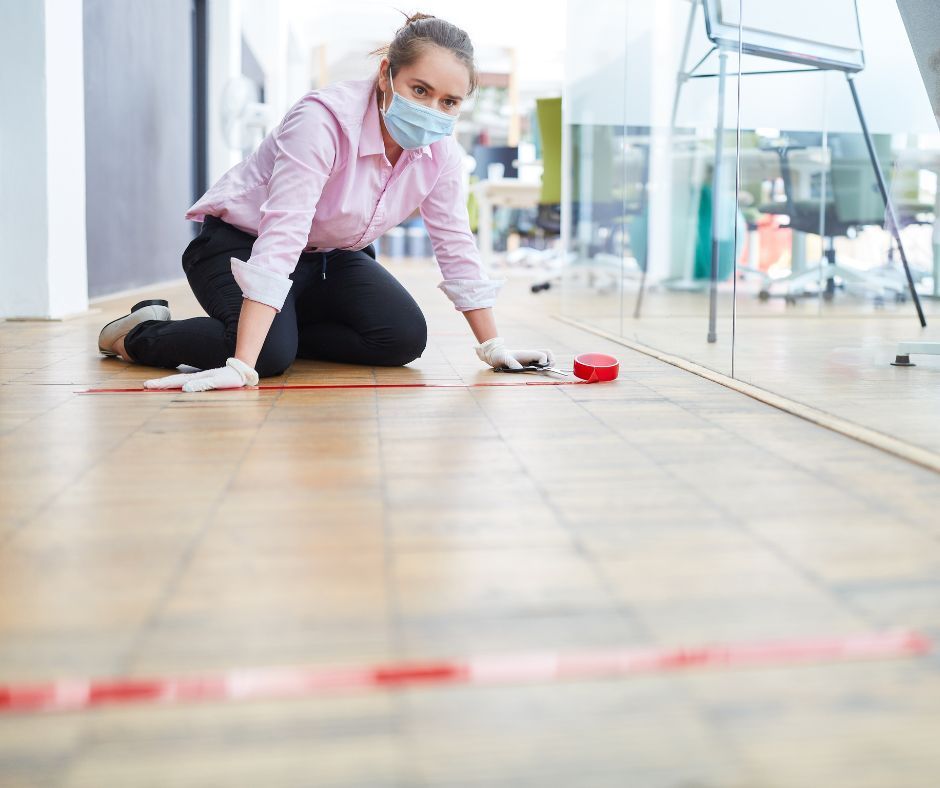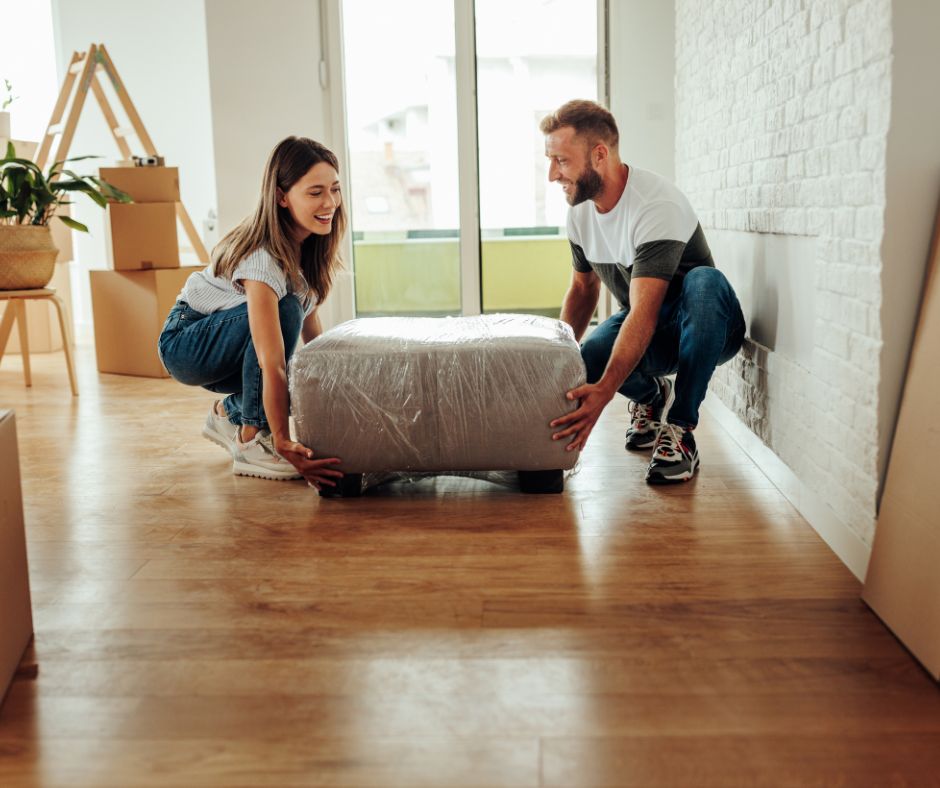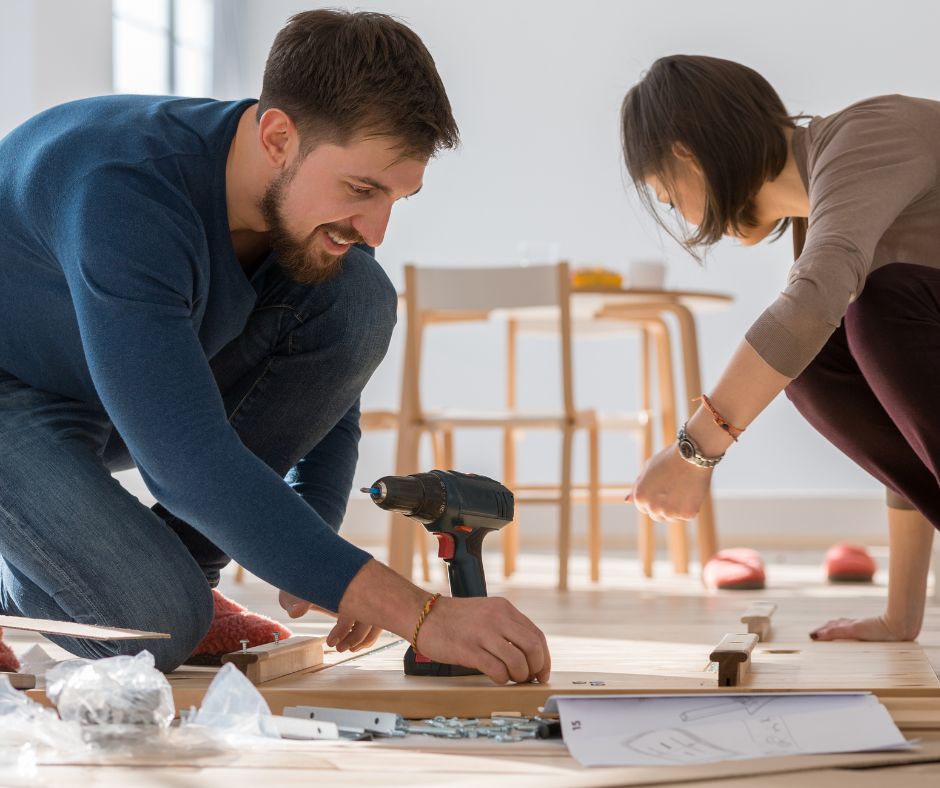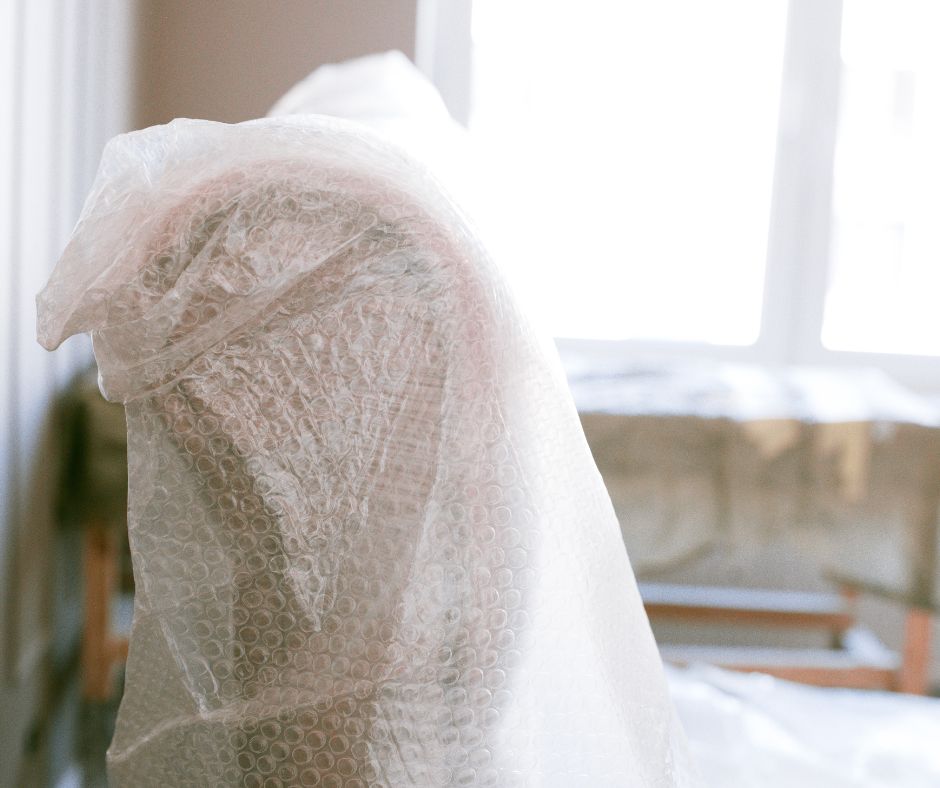How to Protect Your Furniture and Floors When Moving?

Protecting your valuable possessions and preserving your floors should be a priority during moving. This comprehensive guide will provide expert tips and tricks to safeguard your furniture and floors from dings, scuffs, and other damage. Let's dive in!
Pre-Move Preparation

Before moving:
- Assess your furniture and floors.
- Gather the necessary supplies.
- Disassemble furniture to ensure a smooth moving process.
Assessing Your Furniture and Floors
Take the time to evaluate the condition of your furniture and floors. Identify any vulnerable areas or delicate materials that require special attention. Measurements should also be taken to ensure that your furniture fits through doorways and into the new space seamlessly.
Gathering Essential Supplies
To protect your furniture and floors adequately, gather the following supplies:
- Heavy-duty moving blankets and furniture pads provide a thick layer of cushioning for your furniture and prevent scratches and dings during transit.
- Bubble wrap, packing paper, and foam padding are ideal for wrapping delicate items and providing extra protection.
- High-quality packing tape and furniture straps: Use these to secure moving blankets and pads and prevent furniture from shifting during the move.
- Plastic covers and mattress protectors: Protect your mattresses and upholstered furniture from dirt, moisture, and tears with these covers.
- Carpet film or cardboard sheets: Lay these down to shield your floors from dirt, stains, and scratches.
Disassembling Furniture and Securing Loose Parts

Disassembling furniture makes it easier to move and reduces the risk of damage. Follow these steps to disassemble your furniture safely:
1. Take photographs: Before disassembling furniture, take pictures from different angles. These photos will serve as a reference when reassembling your furniture.
2. Gather tools: Collect the necessary tools, such as screwdrivers, Allen wrenches, or power tools, to disassemble your furniture efficiently.
3. Protect delicate parts: Wrap fragile parts, such as glass shelves or wooden legs, in bubble wrap or packing paper to prevent damage during transport.
4. Label components: Use adhesive labels or masking tape to mark and label each component of the disassembled furniture. This will make reassembly much easier later on.
Protecting Floors and Carpets
Now that you have prepared your piece of furniture, it's time to focus on protecting your floors and carpets. Different types of flooring require specific methods of protection.
Hardwood and Laminate Floors
Hardwood and laminate floors are susceptible to scratches and scuffs. Here's how you can safeguard them:
1. Use heavy mats, old rugs, or carpet remnants: Place these protective barriers in high-traffic areas and under heavy wood furniture to minimize damage from foot traffic and furniture movement.
2. Apply felt pads or furniture sliders: Attach adhesive felt pads or furniture sliders to the bottom of wooden furniture legs to reduce friction and prevent scratches when moving them.
3. Avoid dragging heavy items: Use dollies or sliders to move them quickly instead of carrying heavy indoor furniture.
Carpeted Floors
Carpets can accumulate dirt and stains during a move. Follow these steps to protect your carpeted floors:
1. Plastic covers or carpet film: Lay down plastic covers or use carpet to shield your carpet from dirt, spills, and stains during moving.
2. Double-layered cardboard or Masonite sheets: For extra cushioning, place double-layered cardboard or Masonite sheets under heavy metal furniture to distribute weight evenly and prevent indentations.
3. Regular cleaning and vacuuming: Clean and vacuum your carpets before and after the move to ensure they remain in good condition.
Tile, Vinyl, and Other Flooring Types
Different types of flooring require specific protection measures. Here are some tips for protecting tile, vinyl, and other flooring types:
1. Sweep and mop floors: Before moving any leather furniture, sweep and mop the floors to remove debris that could scratch the surface.
2. Adhesive felt pads or rubber floor protectors: Attach adhesive felt pads or use rubber floor protectors on furniture legs to prevent scratches and dents.
3. Handle heavy objects cautiously: Be mindful of your flooring when moving heavy objects. Avoid dropping or dragging items that could chip or crack tiles.
Furniture Protection and Packing Techniques
Properly packing and securing your furniture is crucial to prevent damage during moving. Here are some effective techniques for protecting your furniture:
Wrapping Furniture with Moving Blankets and Pads

Moving blankets and pads provide an extra layer of protection for your furniture. Follow these steps to wrap your furniture correctly:
1. Properly fold and secure moving blankets: Fold them into thick layers and wrap them around your furniture, ensuring all surfaces are covered.
2. Cover furniture entirely: Ensure the entire piece is covered, paying particular attention to corners and delicate areas.
3. Secure blankets with packing tape or stretch wrap: Use packing tape or stretch wrap to secure the moving blankets in place and prevent them from slipping during transit.
Padding Fragile or Delicate Items
Delicate items like glass surfaces or fragile furniture legs require additional padding. Follow these steps to protect delicate items:
1. Wrap fragile furniture legs and edges: Use bubble wrap or foam padding to wrap delicate furniture legs and edges. Secure the padding in place with tape.
2. Protect glass surfaces: Place cardboard or specialized glass protectors over glass surfaces to prevent cracks or breakage during transit.
3. Consider corrugated cardboard or custom crates: Consider using corrugated cardboard or custom crates for maximum protection for valuable or sensitive items.
Securing Furniture Inside the Moving Vehicle
Securing your furniture inside the moving vehicle is crucial to prevent shifting and damage during transportation. Follow these guidelines:
1. Proper positioning and stacking: Place heavy and sturdy items at the bottom and lighter items on top to distribute weight evenly. Stack items securely to prevent movement.
2. Use furniture straps, bungee cords, or tie-downs: Use furniture straps, bungee cords, or tie-downs to secure your furniture and prevent shifting during transit.
3. Avoid overloading the truck: Do not exceed the weight capacity of the moving truck. Distribute the weight evenly to maintain balance and stability.
Best Practices and Additional Tips
To ensure a smooth and successful move while protecting your furniture and floors, consider the following best practices and tips:
Enlisting Professional Movers or Seeking Help
Moving heavy furniture can be challenging and physically demanding. Consider hiring professional movers to handle the logistics and heavy lifting. Professional movers have the experience and expertise to effectively protect your furniture and floors.
Proper Lifting and Carrying Techniques
When moving furniture, it's crucial to use proper lifting and carrying techniques to prevent personal injuries and damage to your furniture. Follow these guidelines:
- Bend your knees: When lifting heavy items, bend your knees and use your leg muscles to lift rather than straining your back.
- Use a dolly or hand truck: Whenever possible, use a dolly or hand truck to transport heavy items. This reduces the strain on your body and minimizes the risk of dropping or damaging furniture.
- Teamwork: If an item is too heavy or awkward to carry alone, enlist the Help of a friend or family member to ensure safe and secure handling.
Insurance and Liability Coverage
While taking precautions can minimize the risk of damage, accidents can still happen during a move. It's essential to understand your insurance options and liability coverage:
Homeowner's insurance: Check your homeowner's insurance policy to see if it covers any damages that may occur during the move.
Additional coverage: Consider purchasing additional insurance coverage specifically for your move. Speak with your insurance provider to explore your options and ensure adequate protection.
Post-Move Cleanup and Inspection
After arriving at your new location, conducting a thorough cleanup and inspection is essential to assess any damage that may have occurred during the move. Follow these steps:
1. Cleaning: Clean your furniture and floors in the new space, removing any dirt, dust, or debris accumulated during the move.
2. Inspecting: Carefully inspect your furniture and floors for any signs of damage. Document any issues, such as scratches, dings, or broken items.
Following these comprehensive tips and best practices, you can protect your furniture and floors during moving and ensure a smooth transition to your new space.
If you need help by a professional moving company to move your furniture safely, you can call us at 702-996-1787 or you may visit our website 87moverslasvegas.com.


